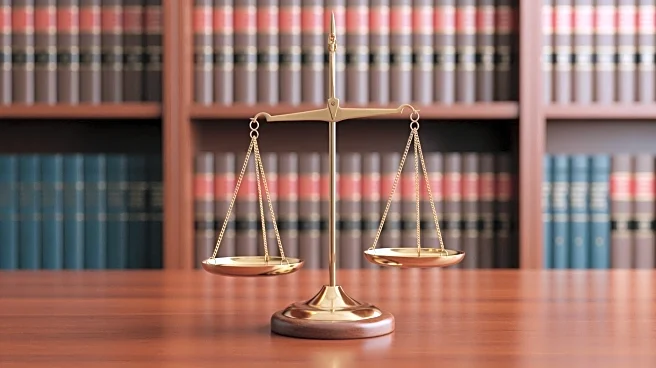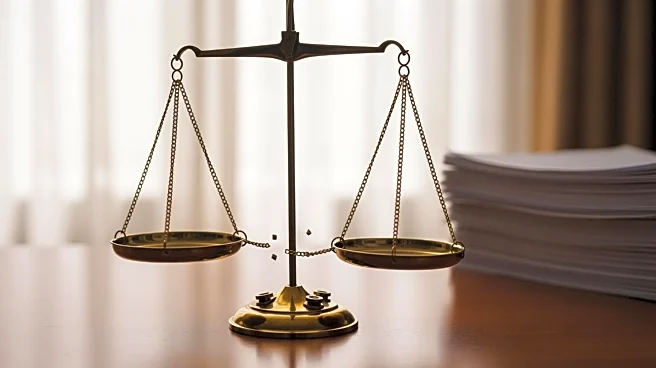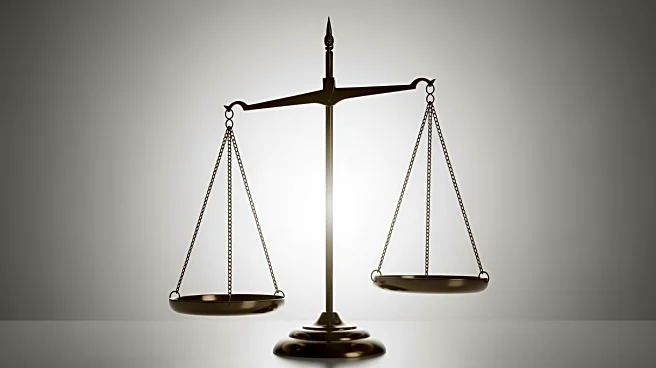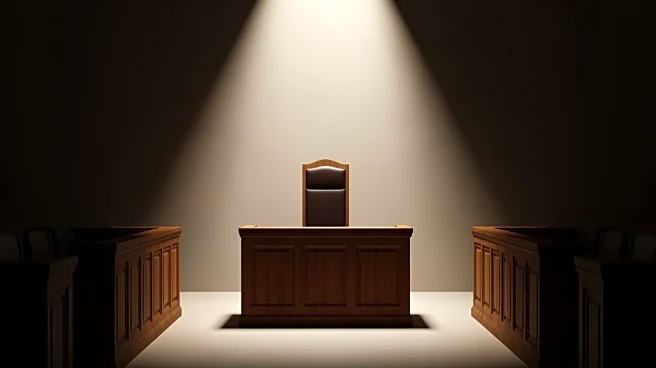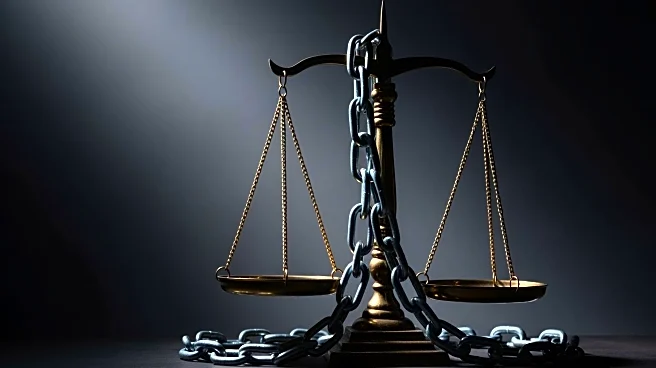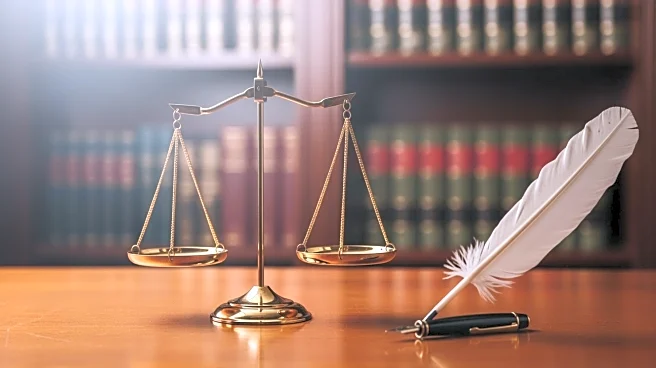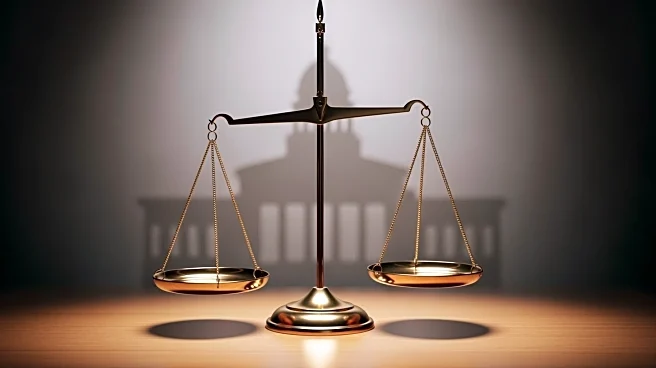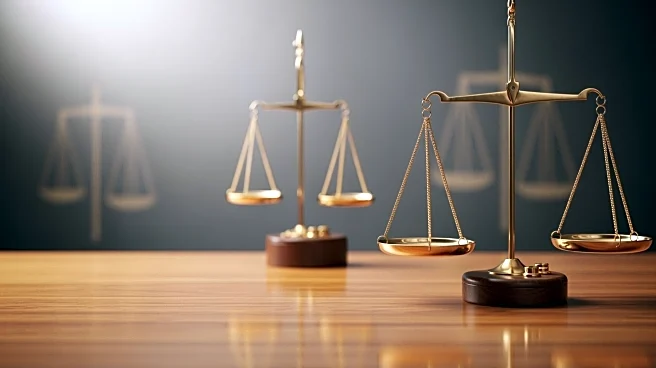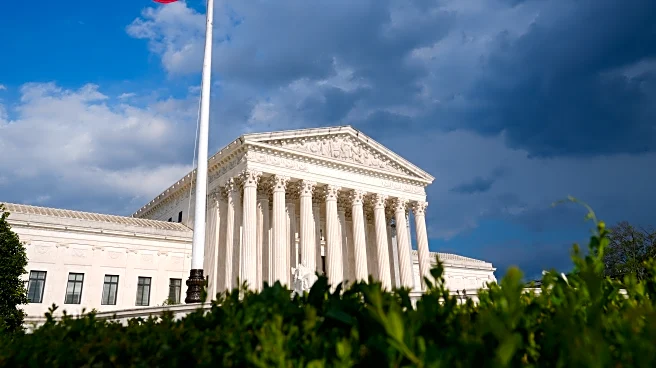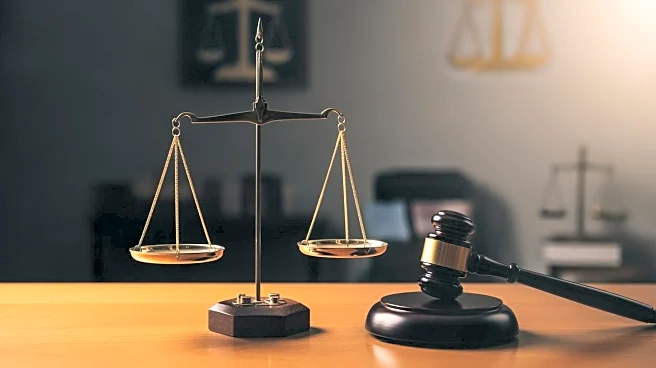What's Happening?
Judge Andrew Oldham of the 5th Circuit delivered a lecture at the Heritage Foundation, proposing the elimination of horizontal stare decisis in appellate courts. He argues that judges should focus on finding the correct legal principles rather than ensuring
consistency with every prior ruling, especially if previous decisions are outliers. Oldham's theory suggests that the law should be viewed as a trendline in a scatterplot, with individual rulings as data points. His views have sparked debate, as they challenge traditional judicial practices and could influence future Supreme Court considerations.
Why It's Important?
Judge Oldham's proposal to eliminate horizontal stare decisis could significantly impact the judicial system, potentially altering how appellate courts approach precedent. This shift may lead to more dynamic interpretations of the law, allowing judges to prioritize finding the correct legal principles over adhering to past decisions. The theory could influence judicial independence and decision-making, affecting how cases are resolved and potentially leading to more varied legal outcomes. As Oldham is considered a top contender for the Supreme Court, his views may shape future judicial philosophies and practices.
What's Next?
The legal community may engage in extensive debate over Judge Oldham's theory, with potential implications for judicial training and practice. If adopted, this approach could lead to changes in how appellate courts operate, influencing the consistency and predictability of legal rulings. Legal scholars and practitioners may explore the practical applications of Oldham's ideas, assessing their impact on case law and judicial decision-making. The theory's reception could affect Oldham's prospects for a Supreme Court nomination, as his views may align with broader judicial reform discussions.
Beyond the Headlines
Judge Oldham's theory raises ethical and philosophical questions about the role of precedent in the legal system. It challenges the balance between judicial independence and consistency, prompting discussions on the nature of legal interpretation and the evolution of case law. The proposal may lead to a reevaluation of the principles guiding judicial decisions, influencing how courts address complex legal issues. As the legal community considers these ideas, broader implications for the rule of law and judicial accountability may emerge, shaping the future of legal practice.
